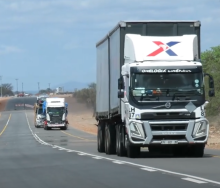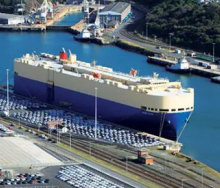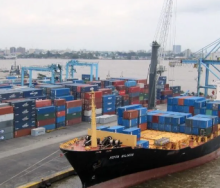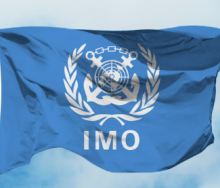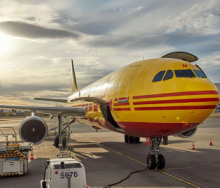While the Port of Cape Town has sunk to the bottom of the world rankings, South Africa’s competition has made significant improvements, a worrying development for the country’s horticultural exporters.
Chile is a major competitor of the South African fruit industry, and its two prominent export ports, San Antonio and Valparaiso, significantly improved their positions on the latest global Container Port Performance Index (CPPI).
San Antonio rose from 253 to 110 and Valparaiso from 188 to 151.
“Productive ports attract more vessels, leading to increased shipping capacity, possibly lower shipping fees, and more shipping options,” said Chris Knoetze, managing director of Link Supply Chain Management, a logistics company co-owned by Tru-Cape, South Africa’s largest apple and pear exporter.
“It also ensures a constant flow of products to the market, putting the Chileans in a more competitive position.
“To improve our international competitiveness, it is crucial to sort out the crisis in our ports,” he added.
Industry body Hortgro estimates that the export apple and pear crop will increase by 6% and 5% respectively this year. Most of this fruit is supposed to be shipped from the Port of Cape Town, but logistical challenges have forced exporters to implement costly alternatives, such as road freight to Gqeberha and exporting from there.
Knoetze is not surprised at Cape Town Port’s position at the very bottom of the index since it is based on 2023 data.
“All other South African ports moved down on the index, indicating that the problem lies with Transnet. However, during the past six to eight months, some constructive staff changes occurred at the freight giant, and a detailed terminal recovery plan was put into action.”
Positive developments at the Cape Town Port over the past six months include: seven second-hand rubber-tyred gantries (RTGs) being put into service; new engines for RTGs; an increase in truck capacity from 38 to 45; negotiations with original equipment manufacturers (OEMs) such as Liebherr, Kalmar, and Konecranes for repairs and maintenance; and the implementation of a technical team to attend to broken equipment.
“Transnet focuses on the right things, but it will probably be another six to 12 months before productivity increases,” concluded Knoetze.
Cape Town, placed last of the 405 ports listed in the index, followed by the Eastern Cape's Ngqura Port, in 404th position. Durban was ranked at 399 and Port Elizabeth, South Africa’s highest-ranking port, only managed 391st place.
Last year, the index rated 348 ports, with Cape Town placed at number 344, Durban at 341 and Port Elizabeth at 291.





